more
My dream is to see a smile on your lips

In this article, I emphasize a concept of kindness cherished in Persian poetry and how this belief has strongly influenced my professional and motivational goals. Additionally, the importance of the lives of children with Duchenne Muscular Dystrophy (DMD) is discussed in my beliefs.
more
Celebrating 10K+ Visits: Advancing Neuromuscular Research & Awareness

Nikilab.net has surpassed 10,000 blog visits, reinforcing our mission to simplify neuromuscular research for patients, families, and researchers. Covering dystrophy, cell therapy, and antisense approaches, our goal is to make complex science accessible, offering hope and knowledge to those affected by neuromuscular diseases. This milestone strengthens our commitment to advancing research and raising awareness, ensuring that every child with DMD matters.
more
Renato Dulbecco and the Impact of Dulbecco’s Modified Eagle’s Medium (DMEM) on Cell Culture

Renato Dulbecco, a Nobel Prize-winning virologist, revolutionized cell culture by developing Dulbecco’s Modified Eagle’s Medium (DMEM) in the 1950s. His modifications improved mammalian cell growth, making DMEM one of the most widely used media in biomedical research. Dulbecco’s contributions extend beyond cell culture, including pioneering studies on oncoviruses and cancer biology. His work remains fundamental to modern cell biology and medical advancements.
more
Growth Media and Differentiation Media in Neuromuscular Labs
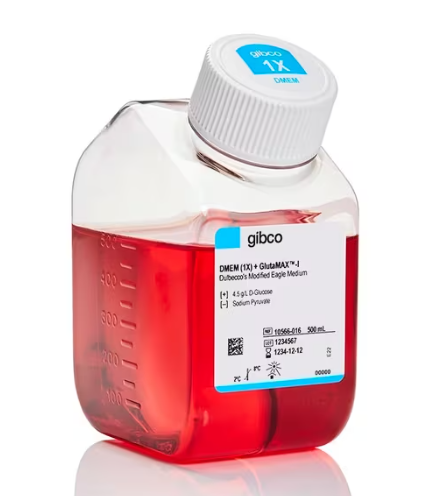
In neuromuscular research, growth media supports skeletal muscle cell proliferation, while differentiation media promotes myoblast fusion into myotubes. Growth media contains DMEM/F-12, FBS, and skeletal muscle supplements, whereas differentiation media replaces FBS with heat-inactivated horse serum for myotube formation. Proper media preparation ensures cell viability and stability, making it essential for studying neuromuscular diseases and muscle regeneration.
more
Immortalized Skeletal Muscle Cells: Advancing DMD Research

Immortalized skeletal muscle cells derived from healthy and DMD patients serve as reproducible models for neuromuscular research. These cells aid in studying disease mechanisms and evaluating exon-skipping therapies. A key contributor, Kamel Mamchaoui, developed DMD myoblast cell lines, enhancing preclinical research. These models support dystrophin restoration studies and therapeutic advancements, helping researchers refine potential treatments for Duchenne muscular dystrophy (DMD).
more
Cell Scrapers
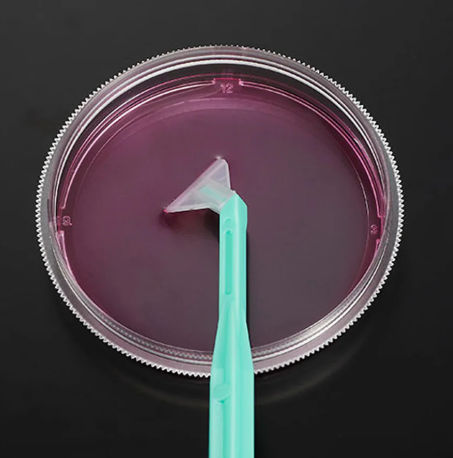
Cell scrapers are vital for adherent cell culture, allowing gentle, non-enzymatic cell harvesting from flasks, petri dishes, and multi-well plates. They help preserve cell integrity, making them ideal for subculturing, functional assays, and molecular analysis. Unlike trypsinization, scrapers avoid enzymatic effects that may alter cell surface markers or phenotypes. Their cost-effectiveness and ease of use make them essential tools for sensitive experiments requiring minimal cell disruption.
more
Anti-dystrophin Antibodies and Their Applications in Western Blotting for Quantifying Dystrophin Rescue
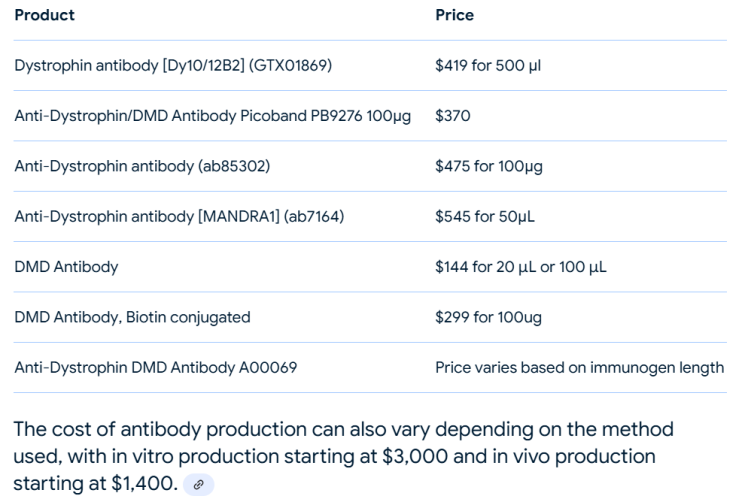
Anti-dystrophin antibodies are crucial for Western blot analysis in Duchenne muscular dystrophy (DMD) research, enabling detection, quantification, and therapeutic validation of dystrophin restoration. These antibodies help measure protein levels following exon-skipping, gene therapy, and other treatments. Standardizing antibody specificity and sensitivity ensures reliable dystrophin quantification, driving consistent, reproducible results in DMD therapy evaluation and biomarker research.
more
Rare Diseases and Orphan Diseases
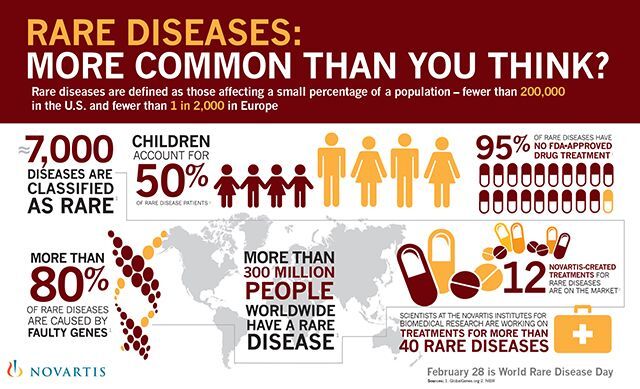
Rare diseases affect a small percentage of the population, with Duchenne muscular dystrophy (DMD) and cystic fibrosis as examples. Orphan diseases, however, lack adequate treatment options regardless of prevalence. While most rare diseases are orphan diseases, some common conditions like malaria can be considered orphan due to low commercial interest. Both face limited research, diagnostic challenges, and treatment barriers, requiring greater investment in drug development.
more
Introducing JIF Hub: Your All-in-One Journal Impact Factor Tool

Introducing JIF Hub, a powerful platform for researchers to access Journal Impact Factors (JIF) and key journal metrics. Developed by Saber SamadiAfshar (Afshar Research Group), JIF Hub simplifies journal selection with features like ISSN search, impact factor trends (2020-2023), total citations, quartile rankings, and open-access insights. Designed for researchers, students, and administrators, JIF Hub helps optimize publication decisions and research visibility efficiently.
more
Some Terms You May Encounter When Reading Neuromuscular Research Articles - Part 2
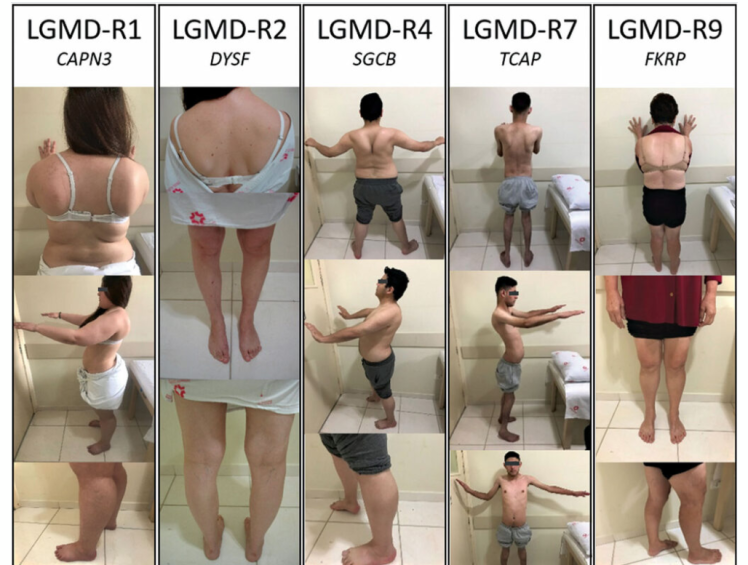
This article breaks down important terms frequently encountered in neuromuscular research. Learn about Propensity Score Matching, a statistical method for balancing groups in studies; North Star Ambulatory Assessment (NSAA) for evaluating motor function in DMD; Sarcoglycanopathy, a type of limb-girdle muscular dystrophy; Cross-sectional Studies, which analyze data at a single point in time; and Bulbar Palsy, a condition affecting speech and swallowing in diseases like ALS. These definitions help readers navigate neuromuscular research with confidence.
more
Myotonic Dystrophy (DM)
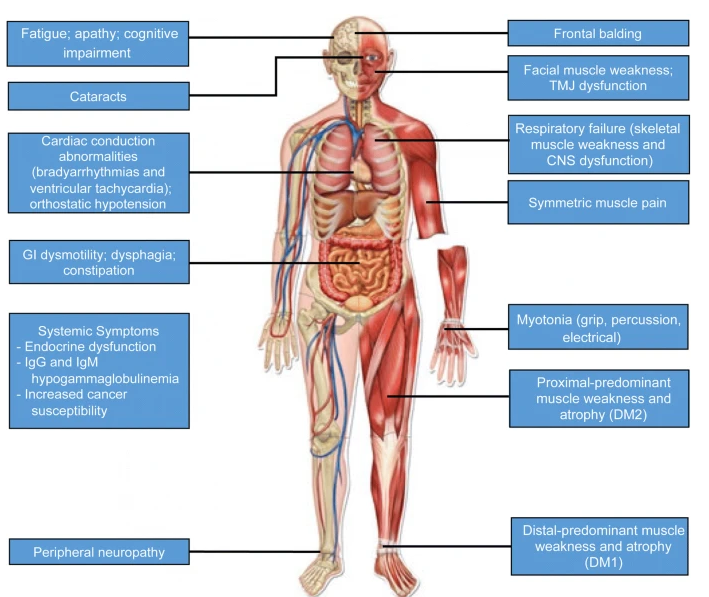
Myotonic dystrophy (DM) is a genetic neuromuscular disorder with two types: DM1 and DM2. This article explains their causes, symptoms, inheritance, and current treatment research.
more
Golden Retriever Muscular Dystrophy (GRMD)
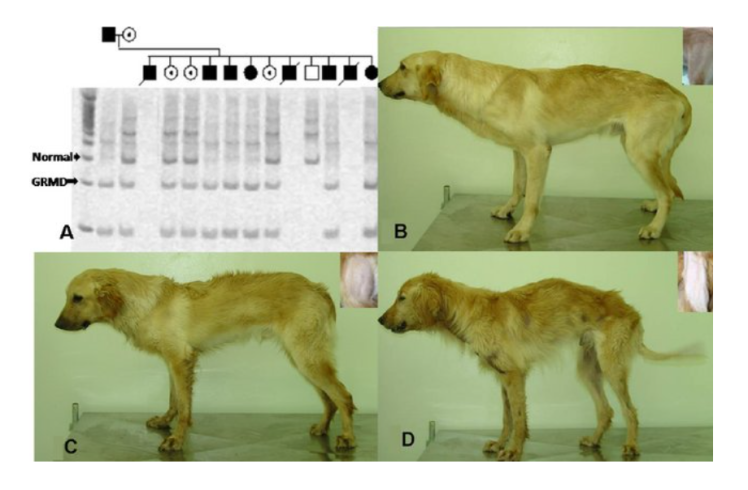
Golden Retriever Muscular Dystrophy (GRMD) is a genetic disorder in dogs that closely resembles Duchenne muscular dystrophy (DMD) in humans. It serves as a valuable model for studying therapies, including gene therapy and pharmacological treatments.
more
Open-label, Blinded, and Double-Blind
This article explains the key differences between open-label, single-blind, and double-blind clinical trial designs, highlighting their impact on research reliability and bias reduction.
more
Revised threshold & Historical threshold
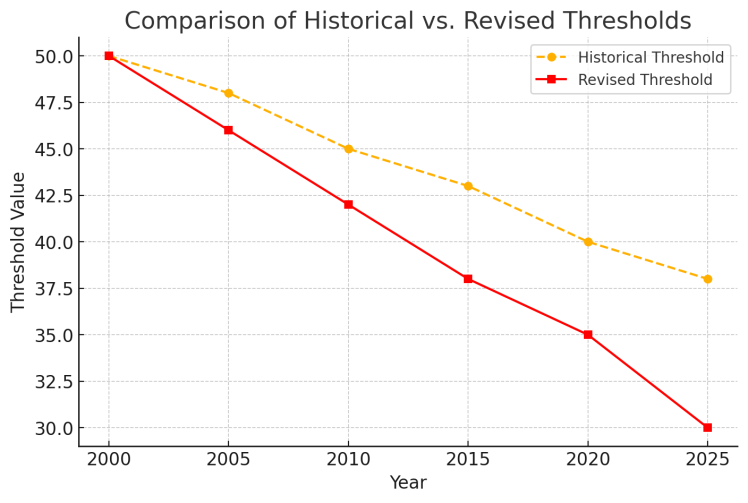
This article explains the differences between revised and historical thresholds in medicine and pharmacology, highlighting their impact on diagnostics, treatment criteria, and drug dosage adjustments.
more
Recent Posts
Categories
- DystroBlog | Neuromuscular Disease Research & News(96)
- Christopher W Ward(1)
- Jeffrey Chamberlain(2)
- Douglas Millay(1)
- Luis Garcia(1)
- Vincent Mouly(1)
- Bible(1)
- Yusuke Echigoya(2)
- Yuko Shimizu-Motohashi(1)
- Yu-Chiang Lai(1)
- Ype Elgersma(1)
- Yoshitsugu Aoki(1)
- Yetrib Hathout(1)
- Yasuhiro Yamada(1)
- W. David Arnold(1)
- Volker Straub(3)
- Virginia Arechavala-Gomeza(1)
- Vahab Soleimani(1)
- Utkarsh J. Dang(2)
- Toshifumi Yokota(13)
- Tony Kwan(1)
- Tobias Ruck(3)
- Tim Hagenacker(1)
- Thomas Sejersen(1)
- Theodore Perkins(1)
- Terry Partridge(1)
- Steve Wilton(1)
- Stephen Tapscott(1)
- Silvere van der Maarel(1)
- Shin’ichi Takeda(2)
- Ryszard Kole(1)
- Robert Weiss(1)
- Rob W.J. Collin(1)
- Rita Horvath(2)
- Renato Dulbecco(2)
- Rashmi Kothary(1)
- Rafal Czapiewski(1)
- Pim Pijnappel(1)
- Peter Meinke(1)
- Peter F M Van der Ven(2)
- Paula R. Clemens(2)
- Norio Motohashi(1)
- Muthiah Manoharan(1)
- Michela Guglieri(2)
- Michael W Lawlor(1)
- Michael A. Rudnicki(4)
- Már Tulinius(1)
- Masahisa Katsuno(1)
- Masad J. Damha(1)
- Linda Pax Lowes(1)
- Louise Rodino-Klapac(1)
- Leanne Ward(1)
- Larry Markham(1)
- Kristy Brown(1)
- Kevin Flanigan(2)
- Kate Bushby(1)
- Karim Wahbi(1)
- Karen Anthony(1)
- Kanneboyina Nagaraju(3)
- Julia M. Hum(1)
- Judith van Deutekom(1)
- Jose I. de las Heras(1)
- Joe Kornegay(1)
- Jin-Hong Shin(1)
- Jessica de Greef(1)
- Jerry R. Mendell(1)
- Jennifer Morgan(1)
- Jack H Vandermeulen(1)
- Hongping Zhang(1)
- Heike Kolbel(2)
- Hanns Lochmuller(2)
- Haluk Topaloglu(1)
- Guillaume Bourque(1)
- George Dickson(1)
- Gary Sweeney(1)
- Frank Rigo(1)
- Francesco Muntoni(2)
- Erik Landfeldt(2)
- Eric P. Hoffman(4)
- Eric C. Schirmer(1)
- En Kimura(1)
- Ehsan Javandoost(2)
- David L Mack(1)
- Davi Mazala(1)
- Craig M McDonald(1)
- Christian Werner(1)
- Capucine Trollet(1)
- Benedikt Schoser(1)
- Arnaud Ferry(1)
- Arezu Jahani-Asl(1)
- Antoni Borrell(1)
- Anthony Scimè(1)
- Annemieke Aartsma-Rus(5)
- Anne Schänzer(2)
- Anastasia Khvorova(1)
- Alyson Fiorillo(3)
- Allison D Ebert(1)
- Alessandra Sacco(1)
- Alastair R.W. Kerr(1)
- Akinori Nakamura(3)
- Terminology(10)
- Tools and Materials(5)
- Useful information(22)
- muscle diseases(6)
- Articles(72)
- DystroBlog | پژوهش و اخبار بیماریهای عصبی-عضلانی(96)
- Matthew S Alexander(1)
- Louis M. Kunkel(1)
- Karyn Esser(1)


















